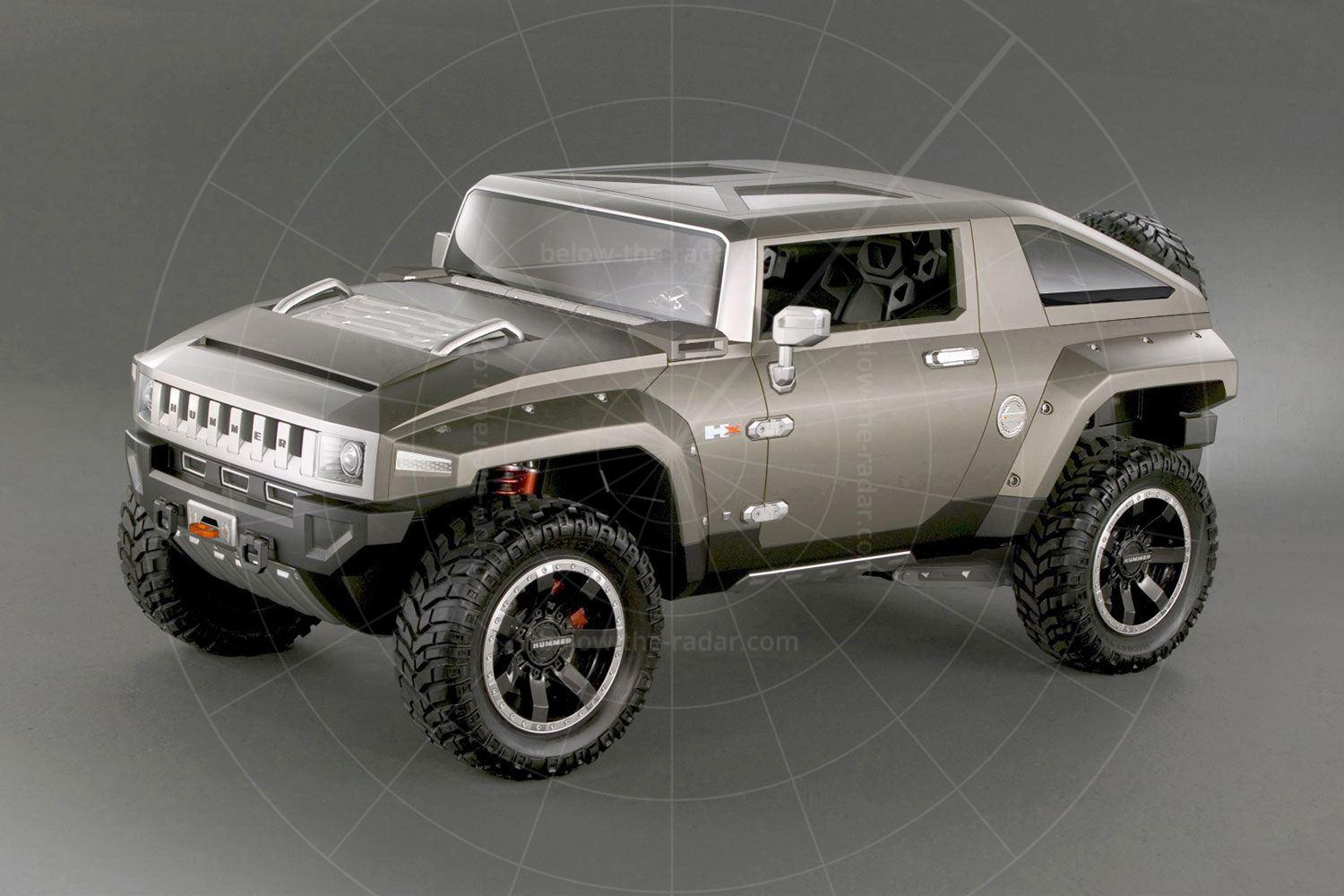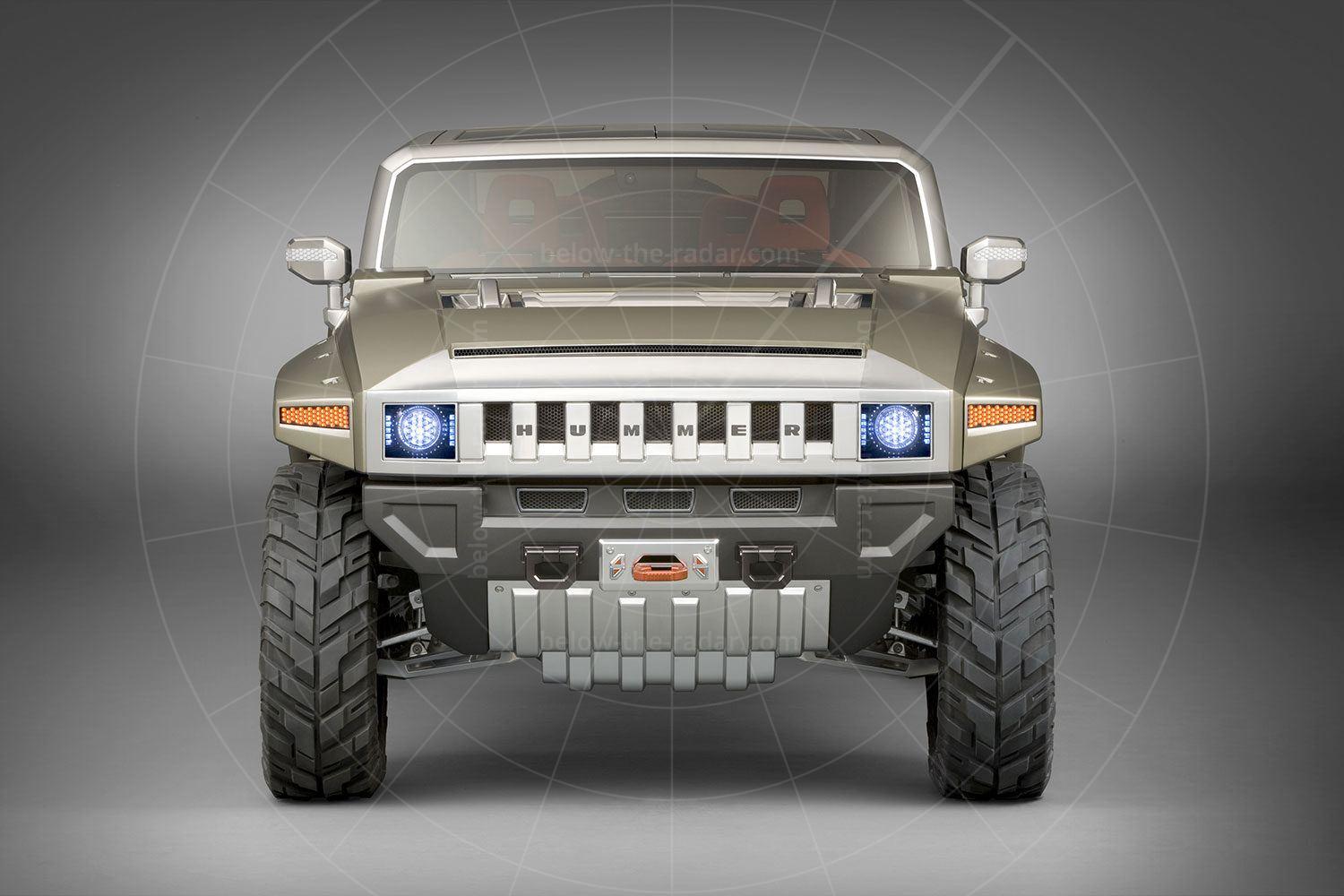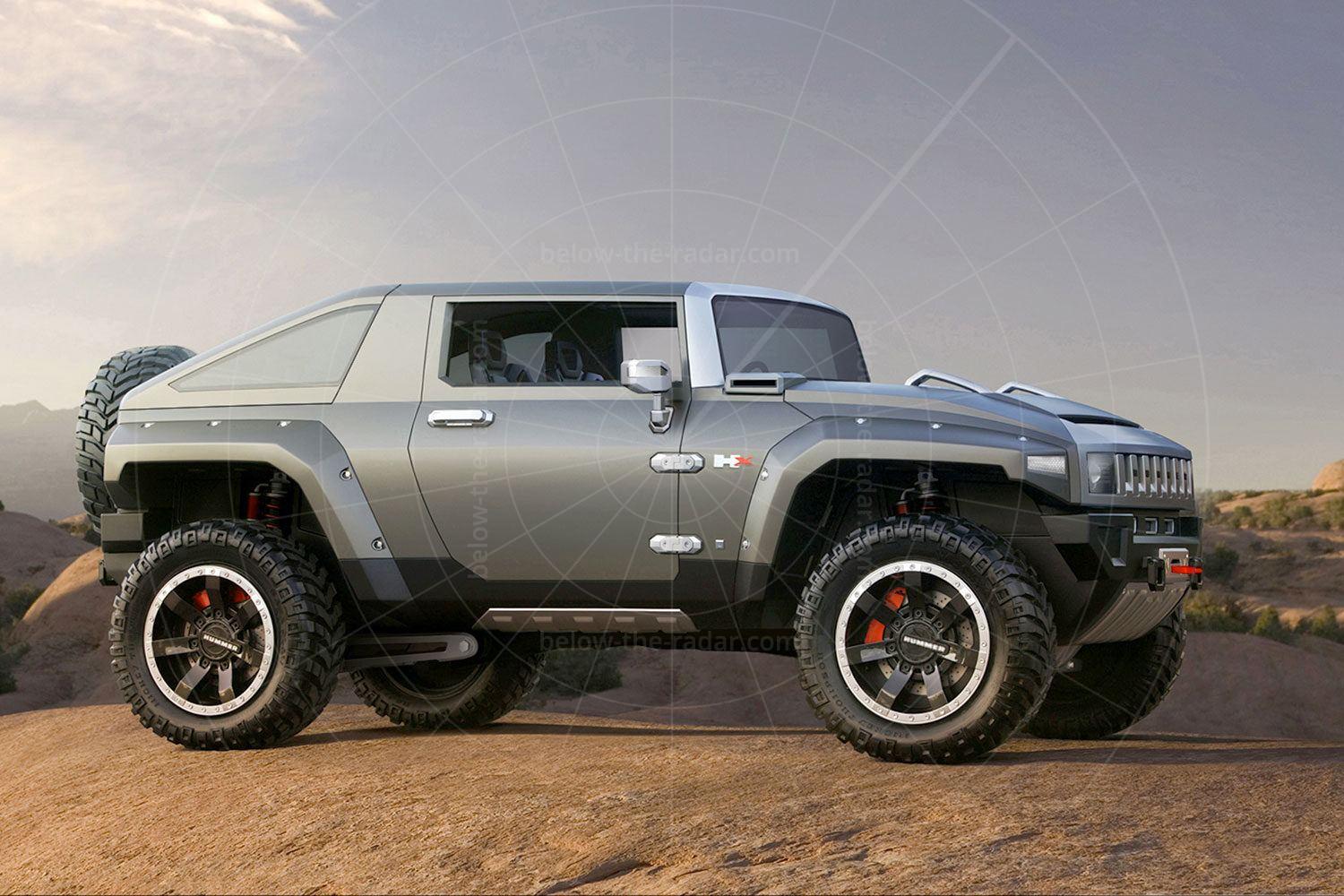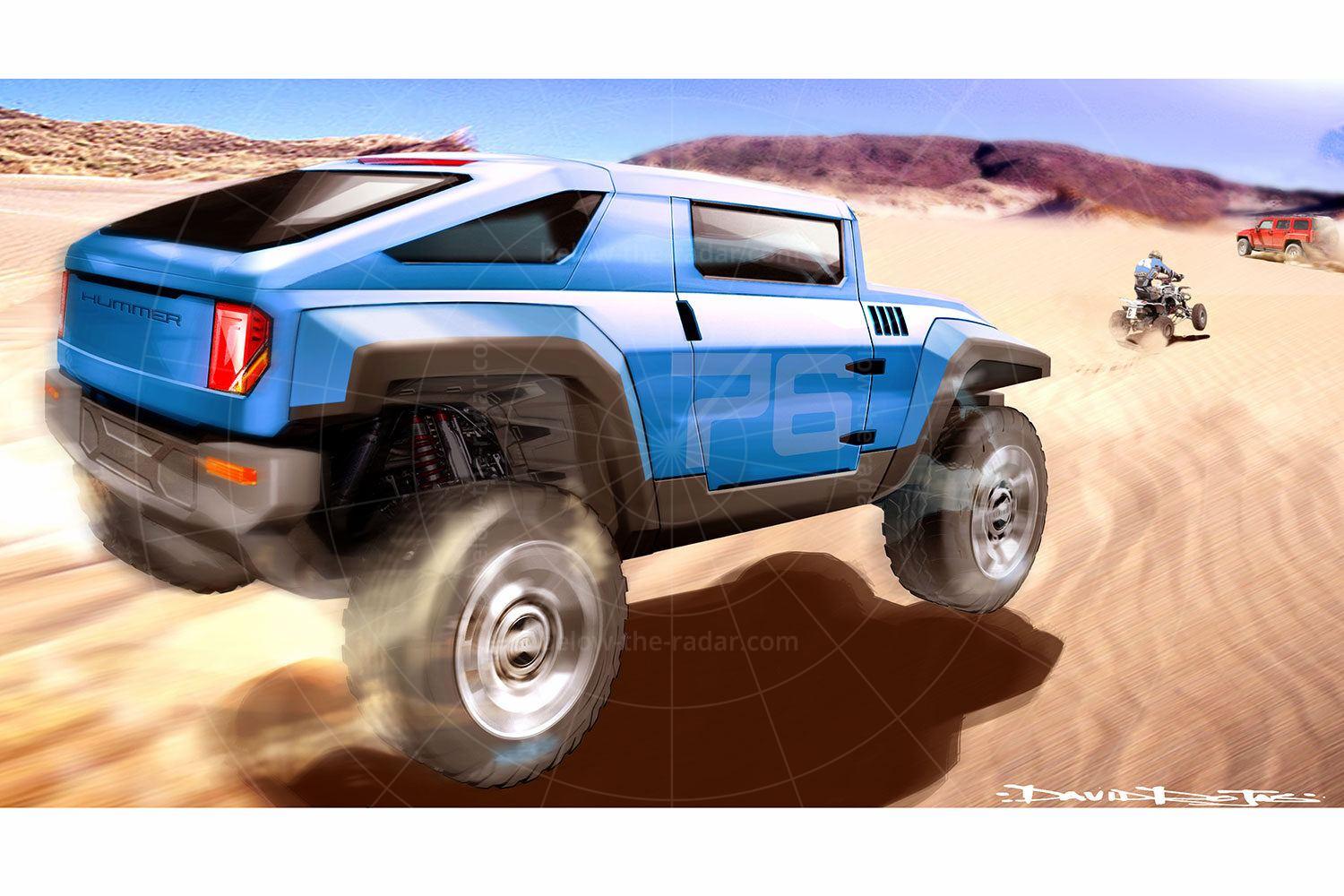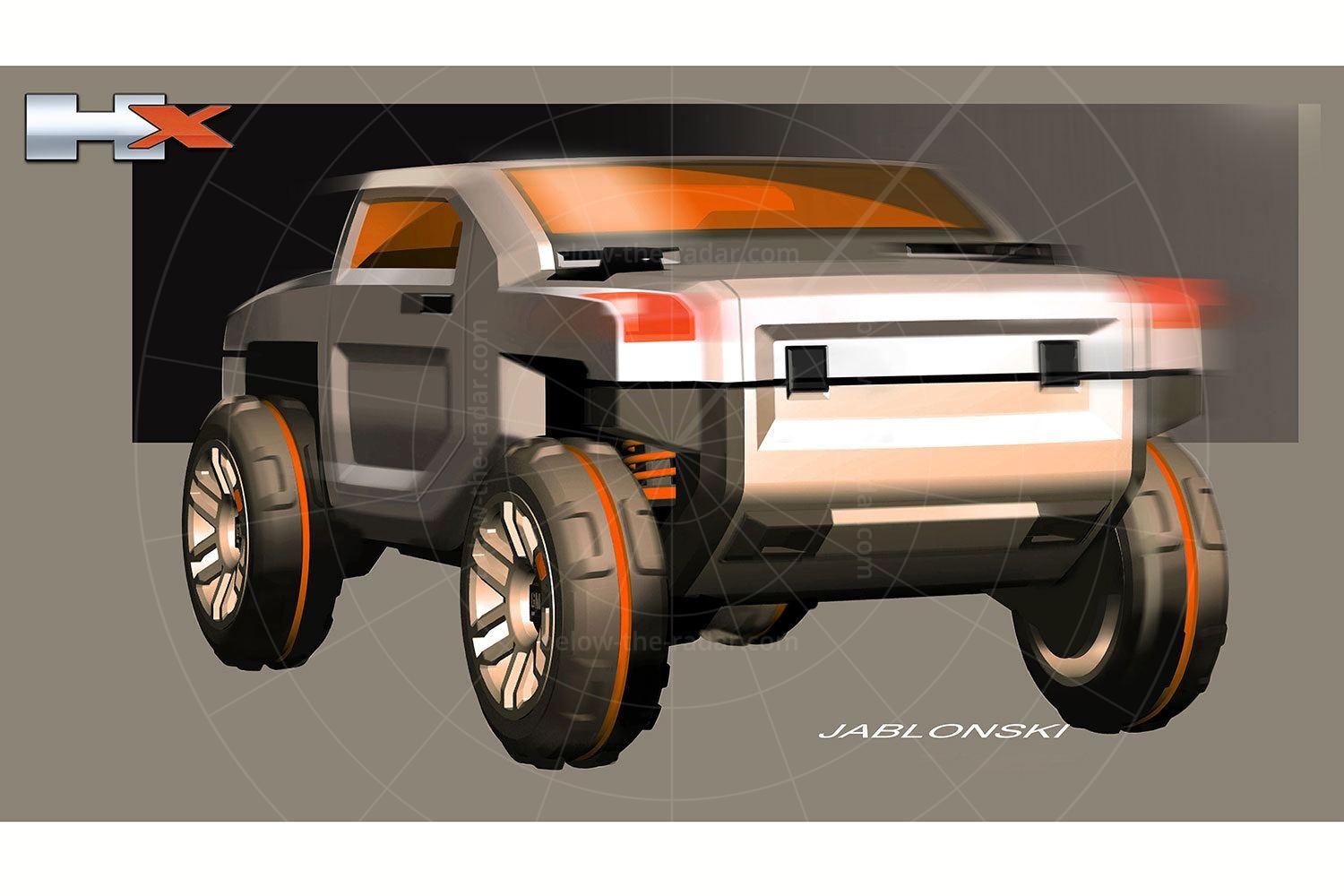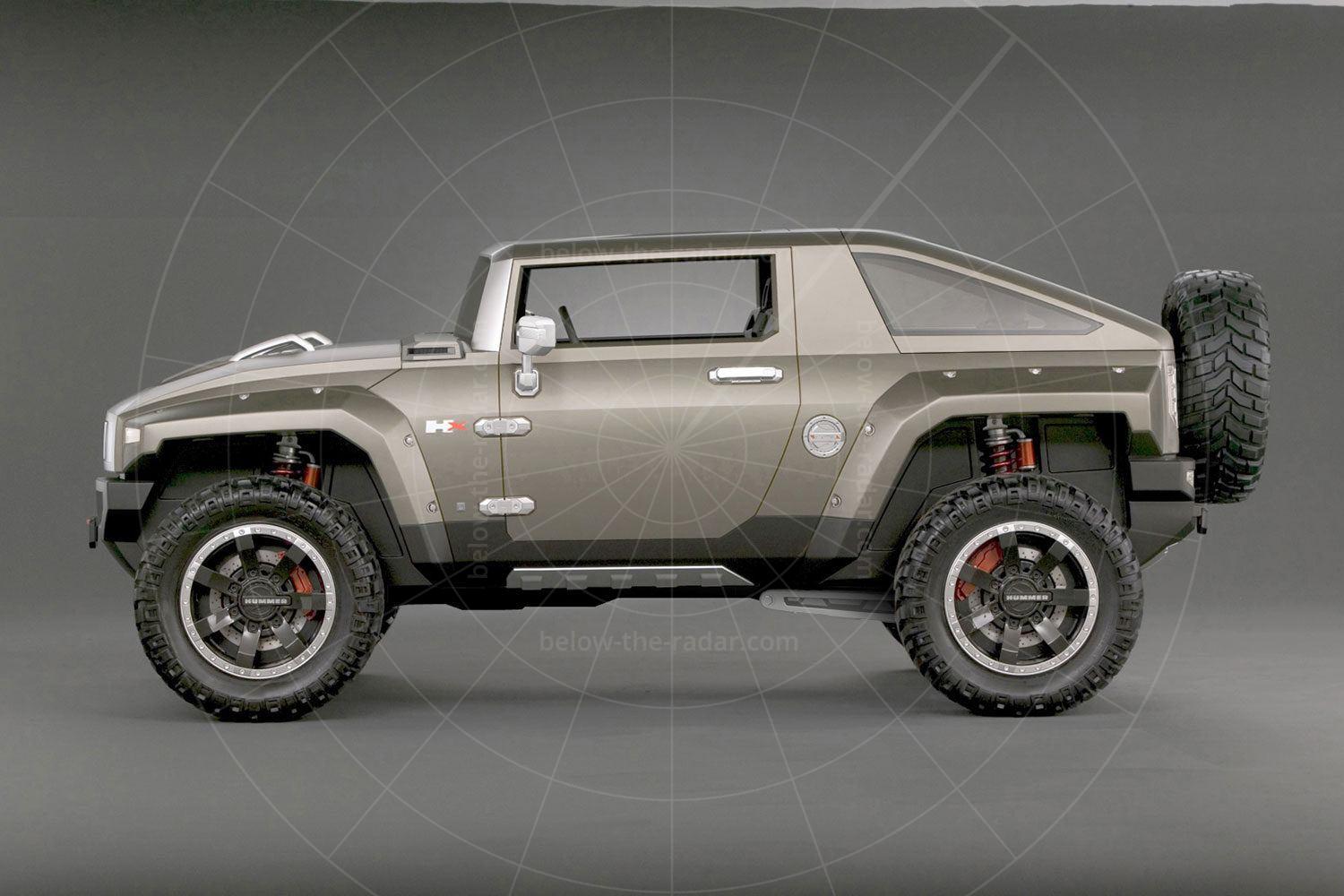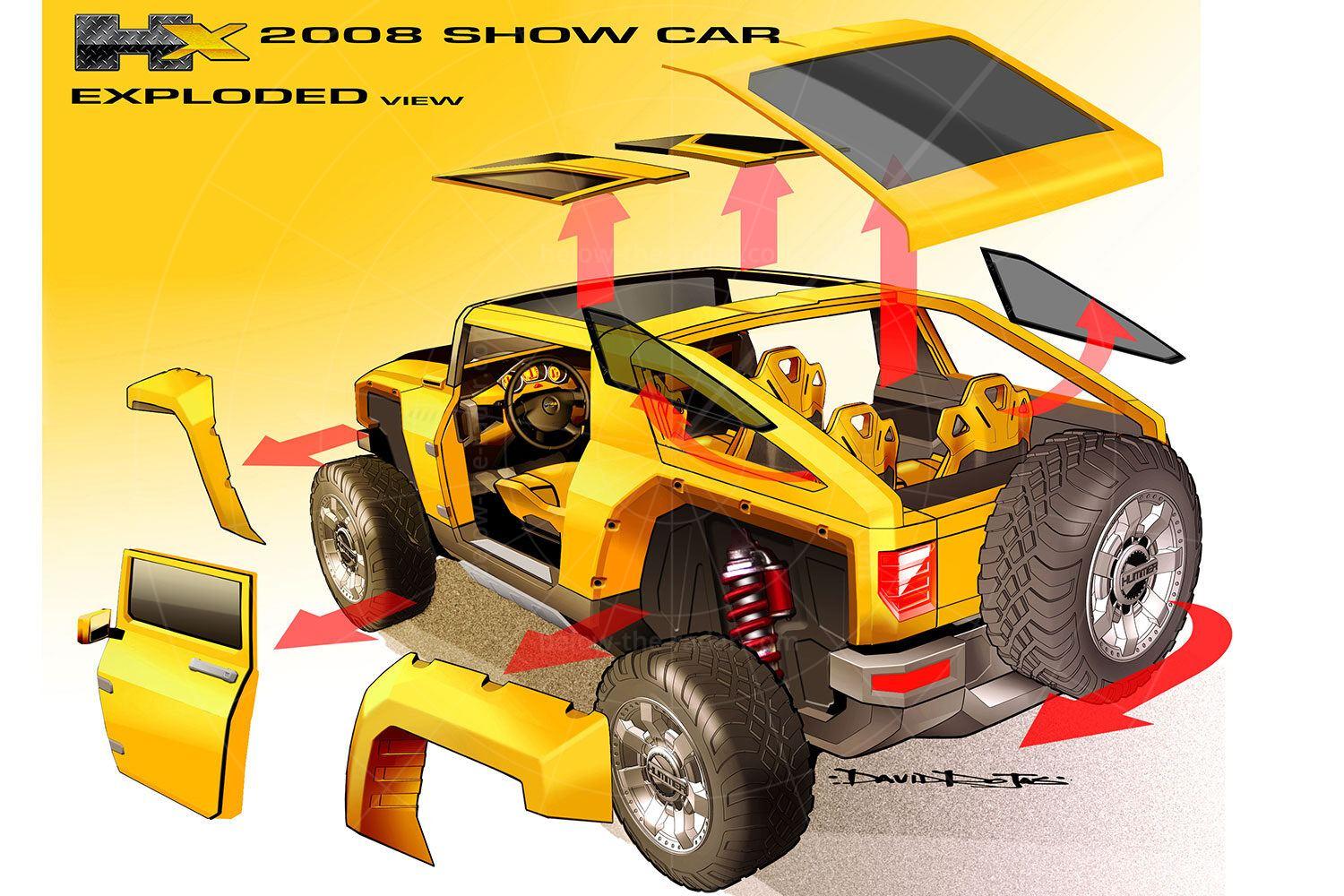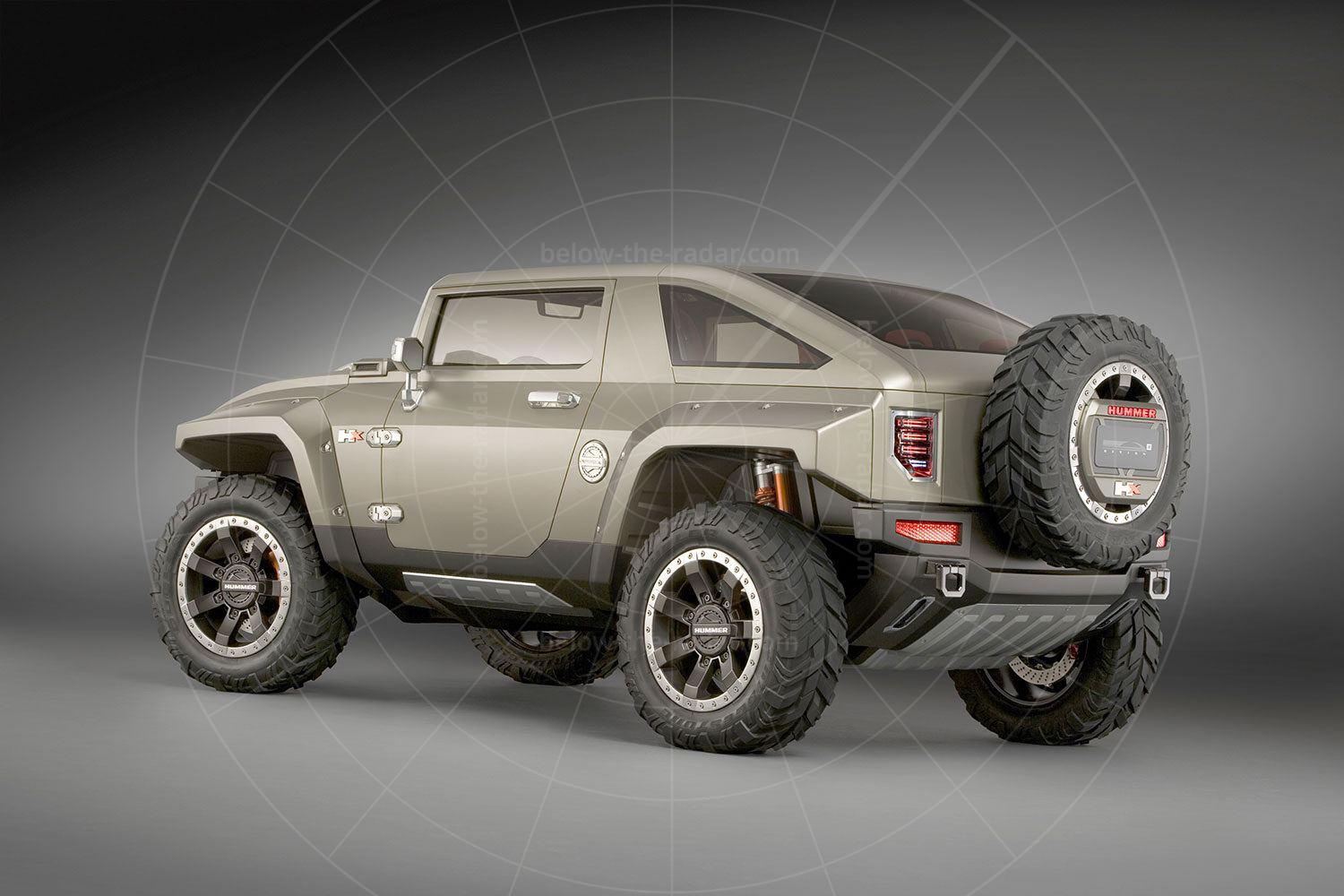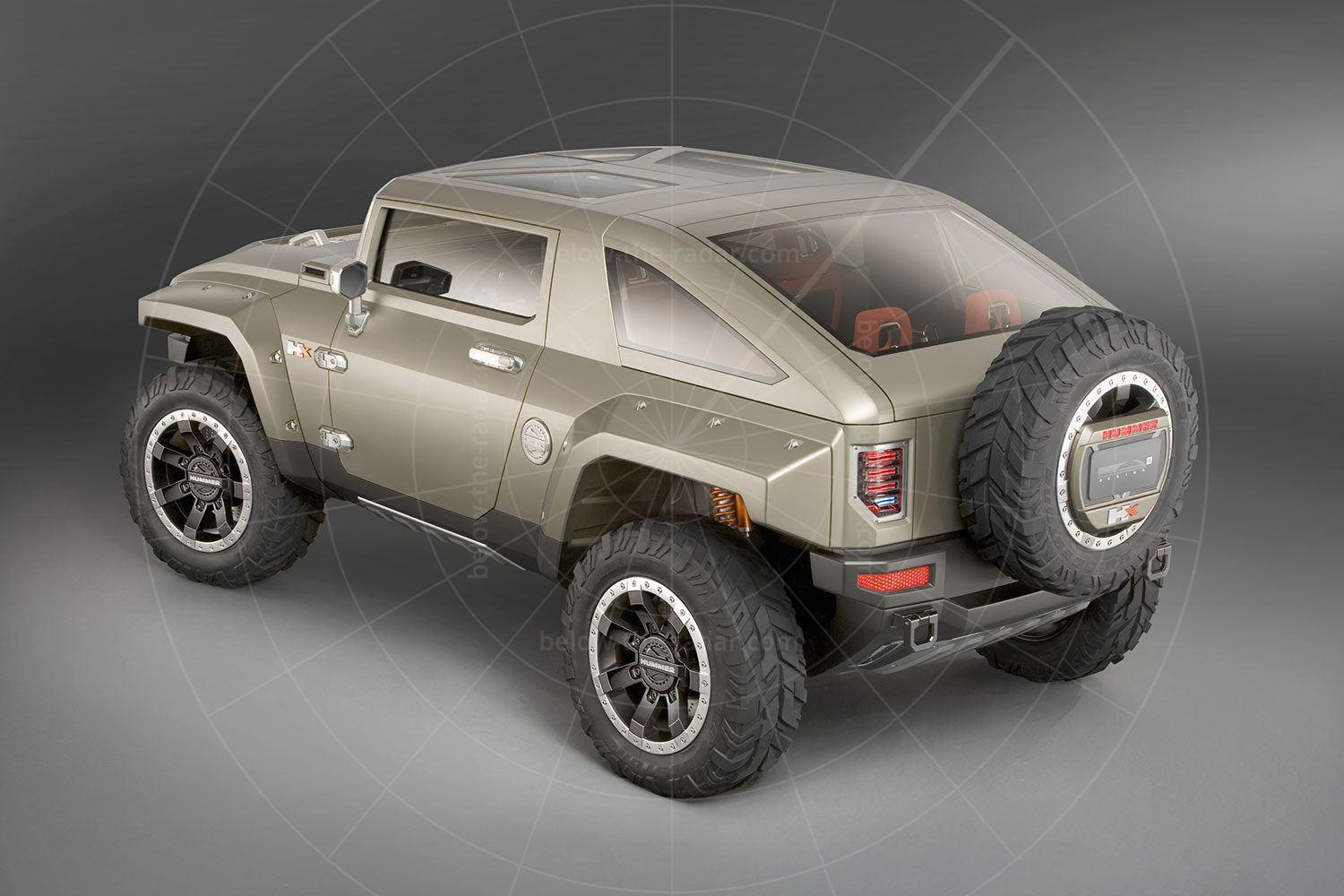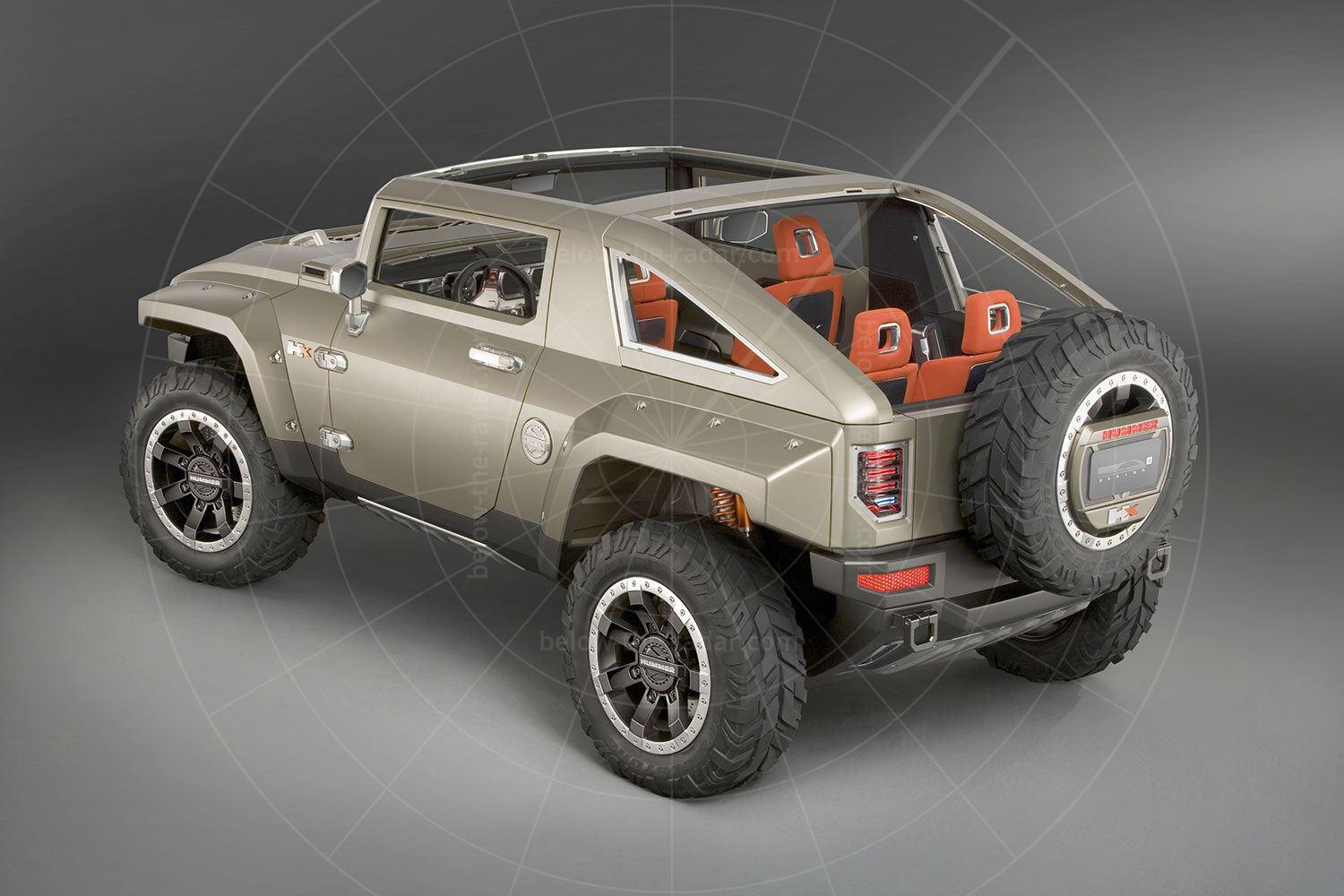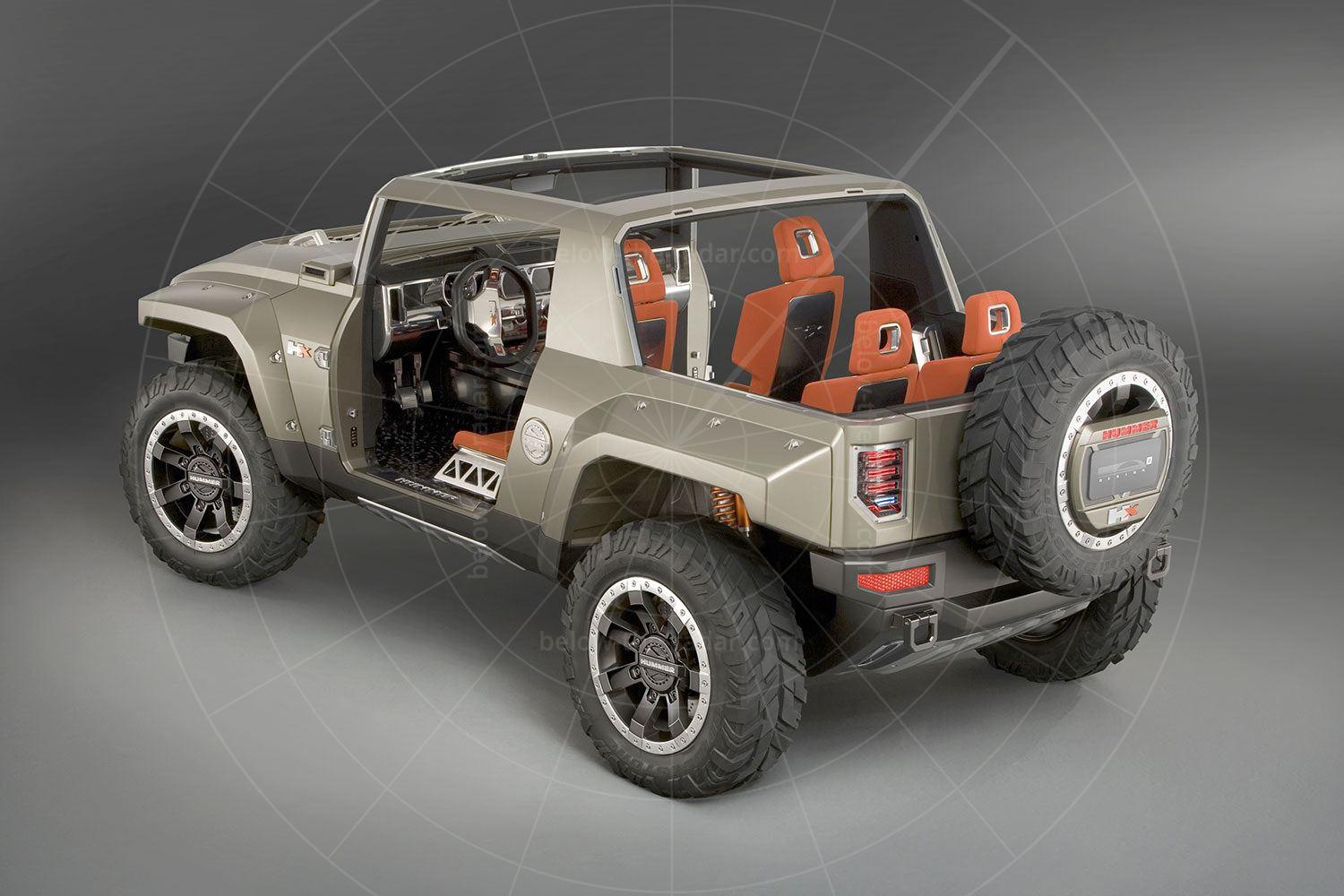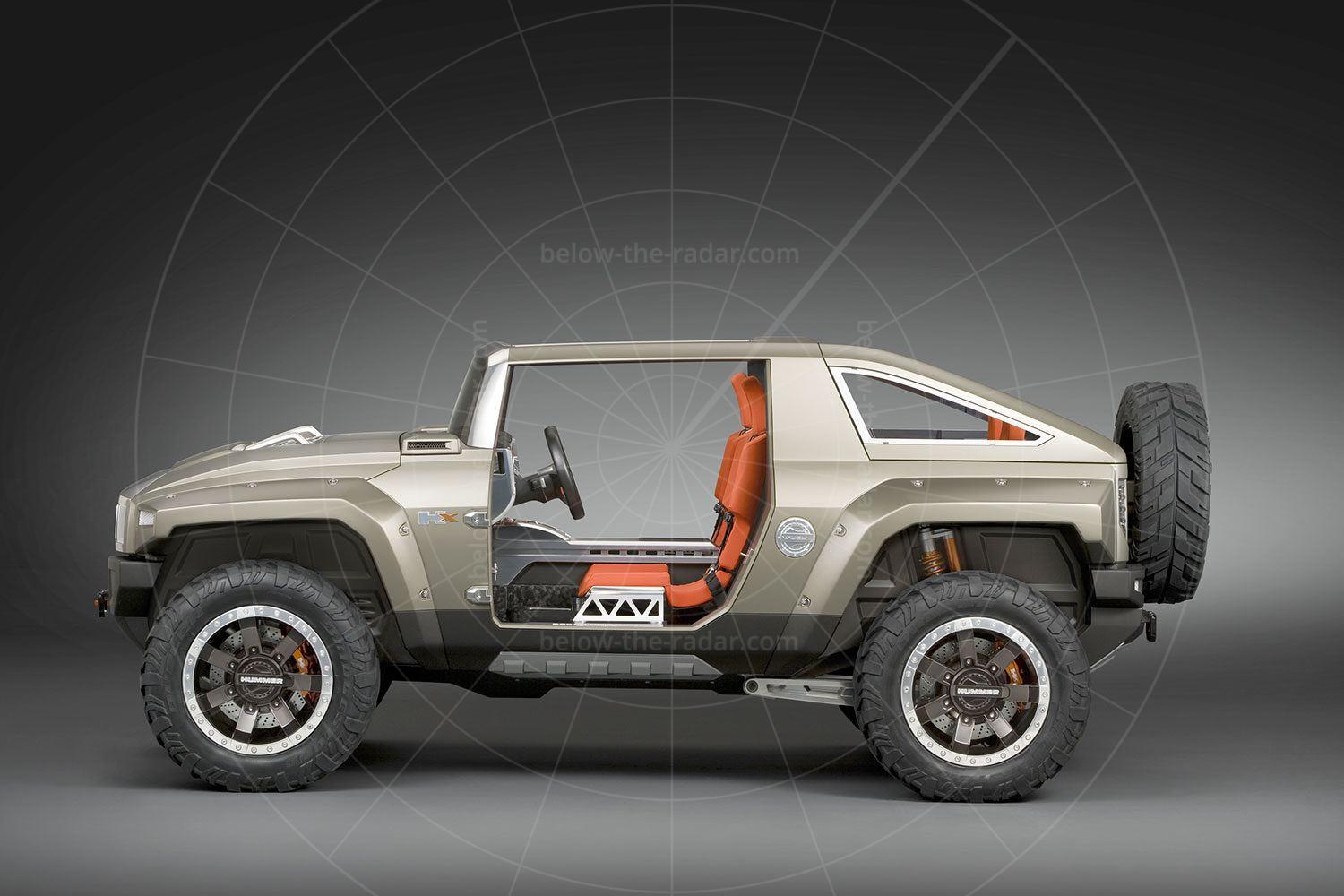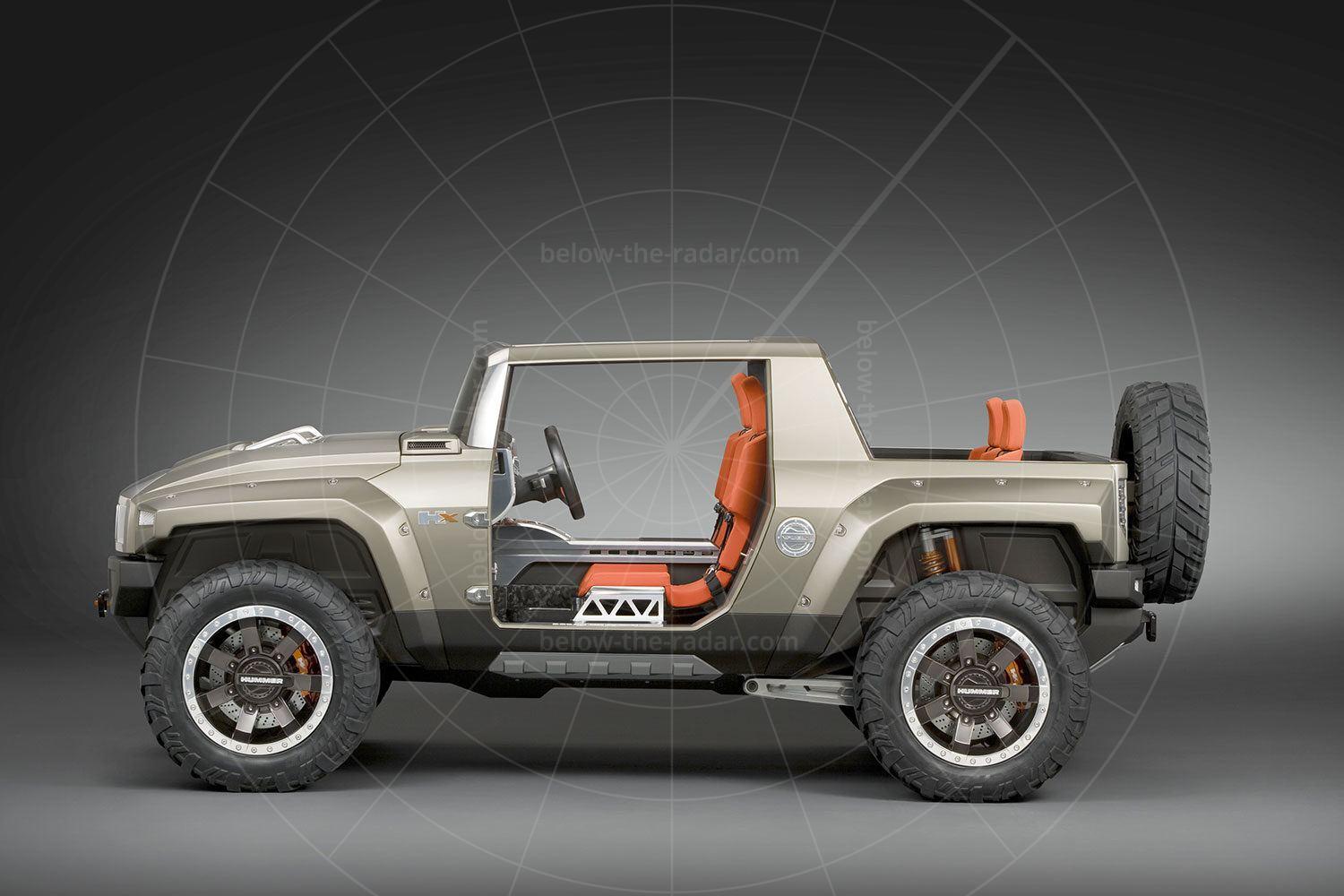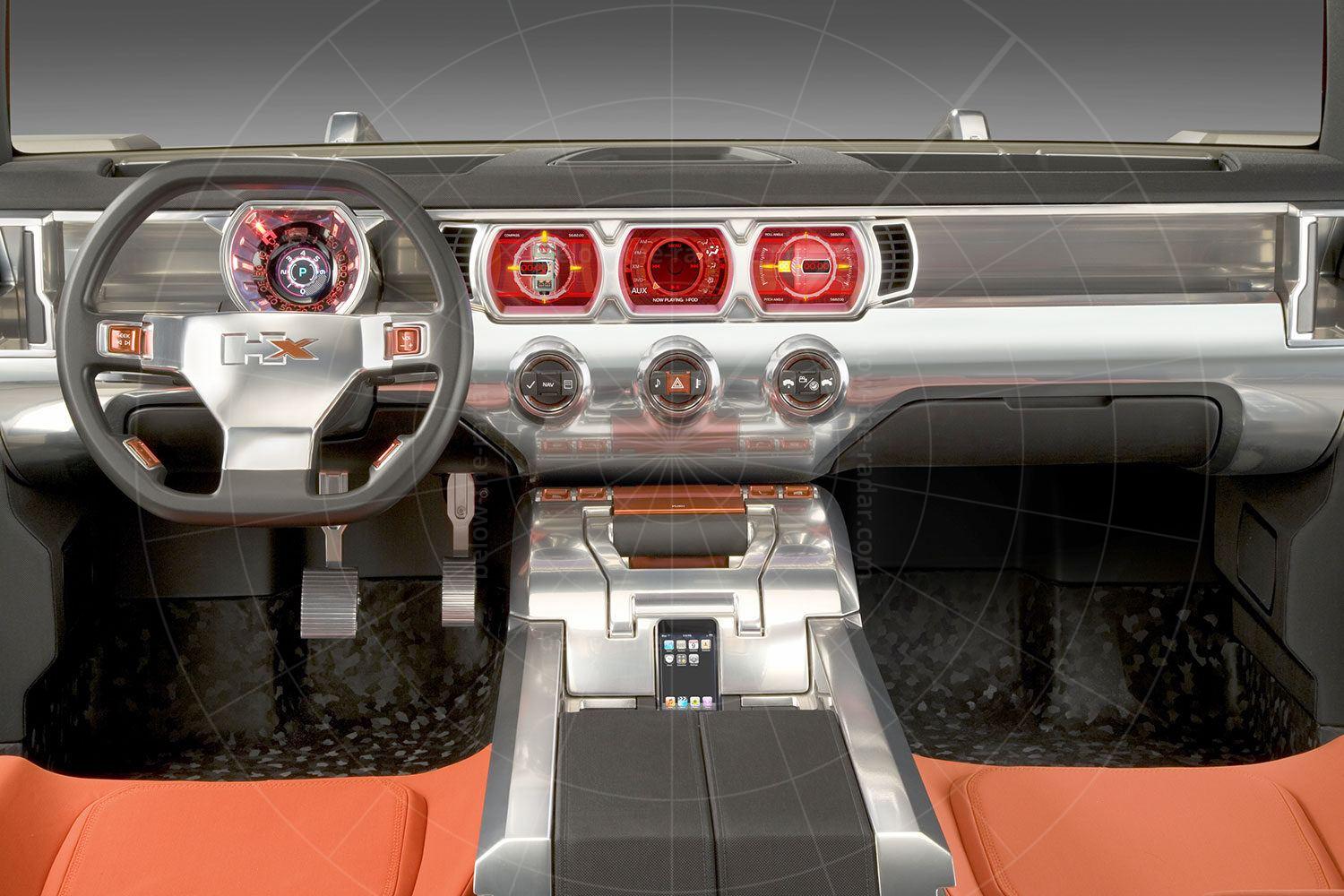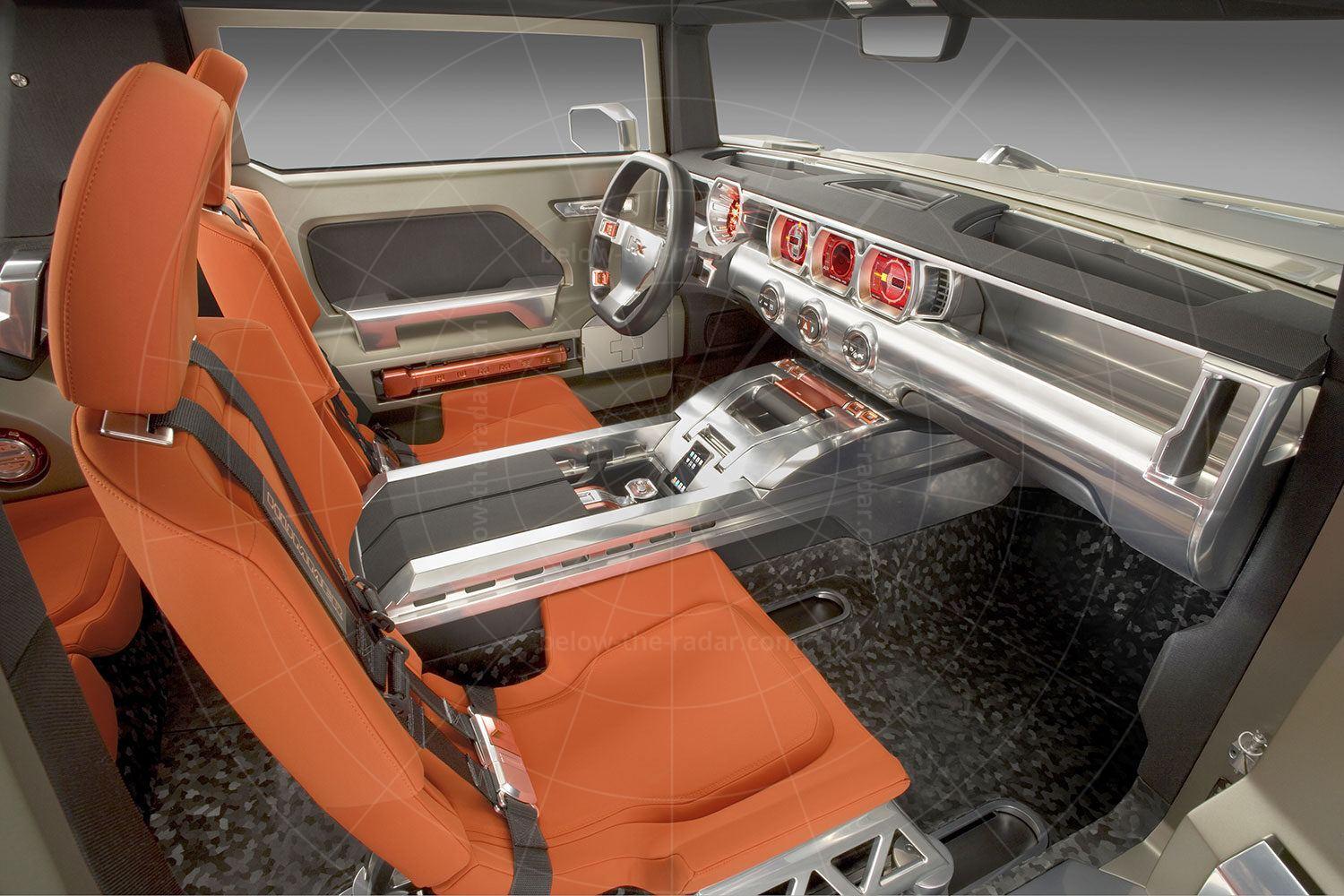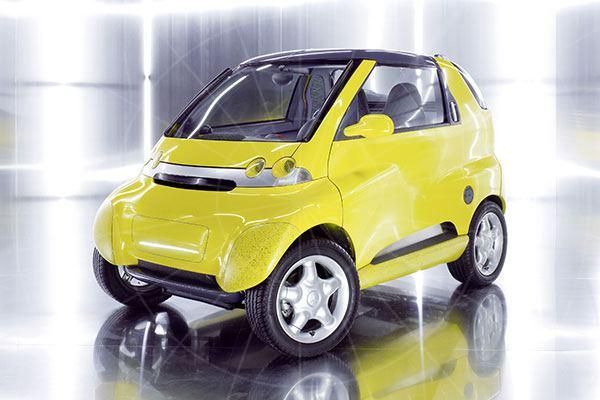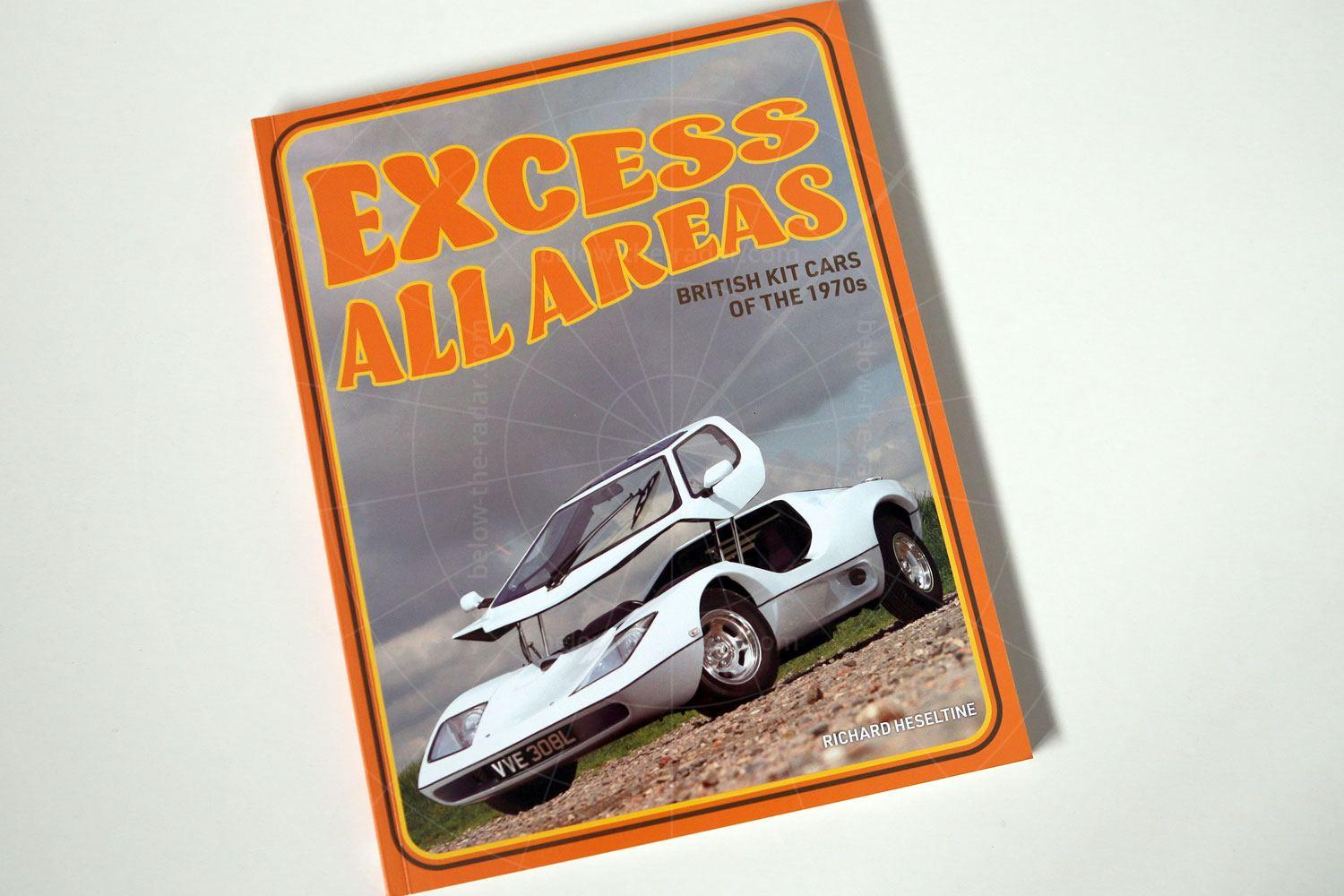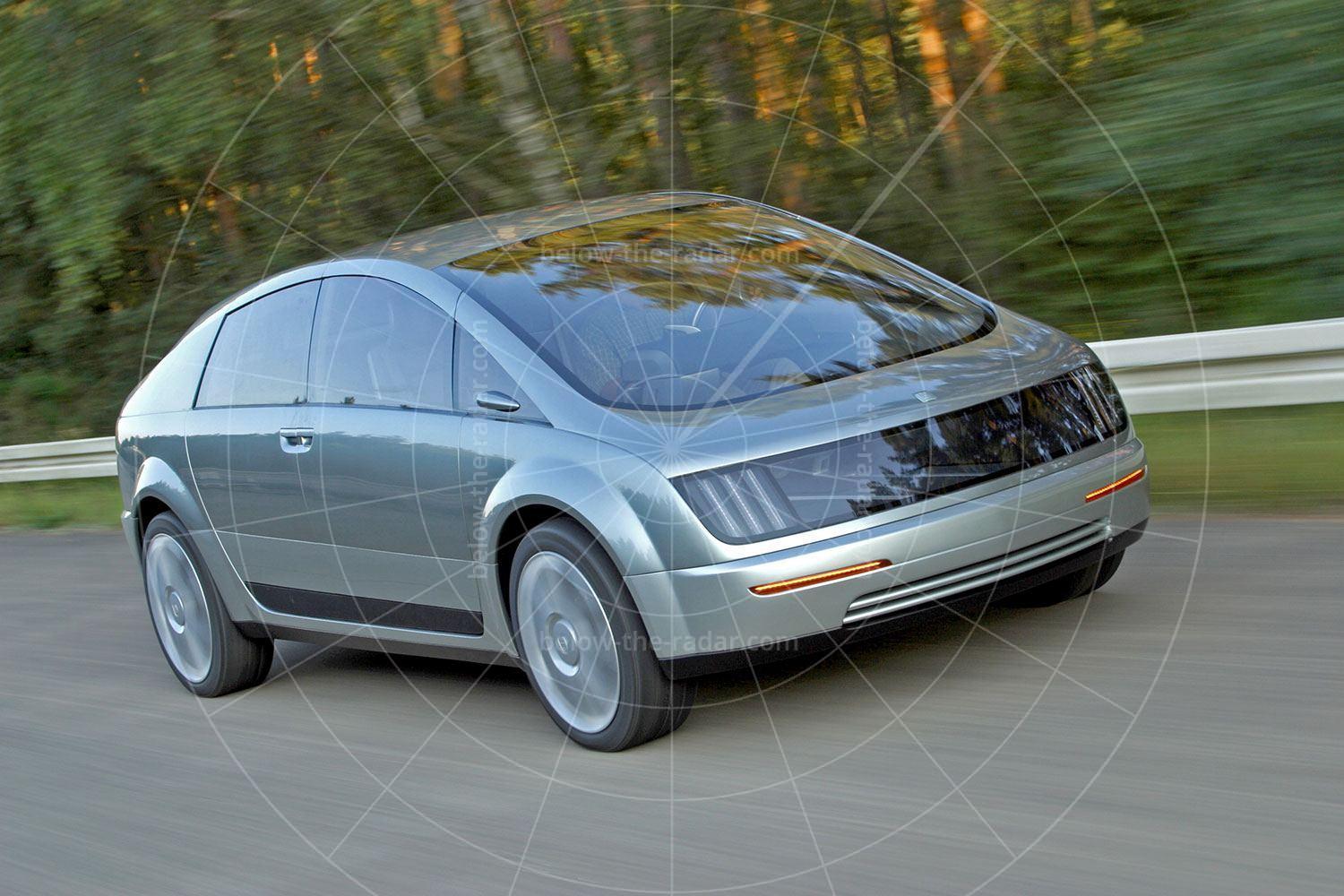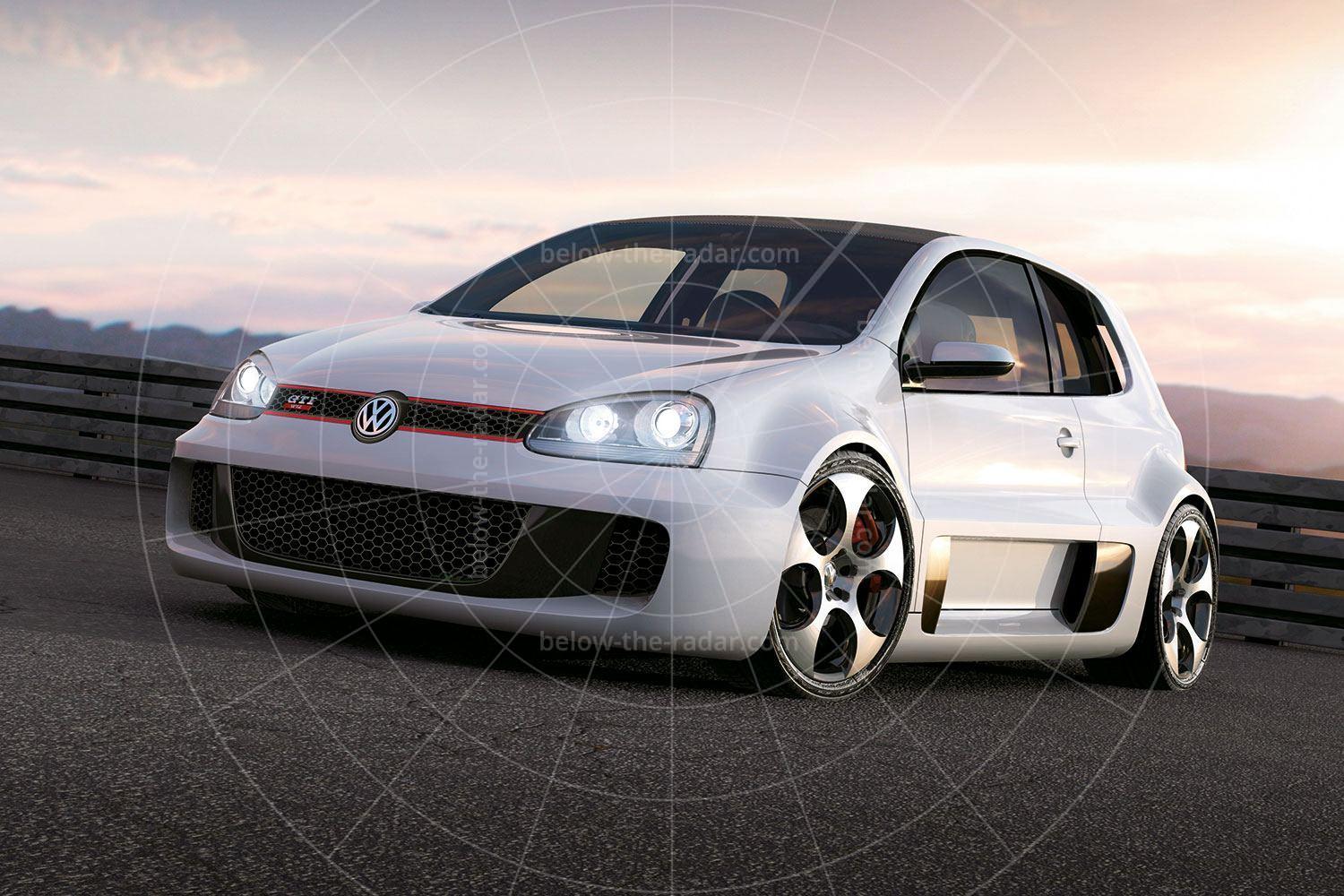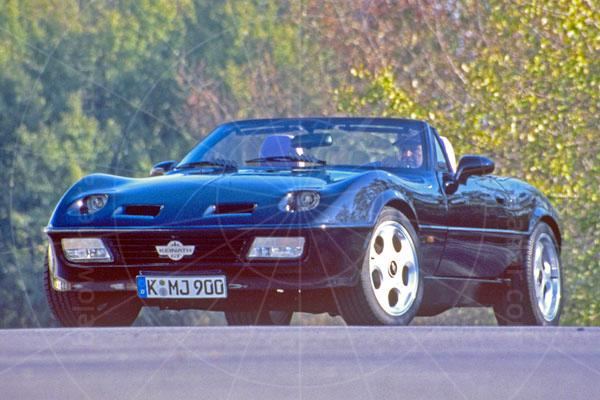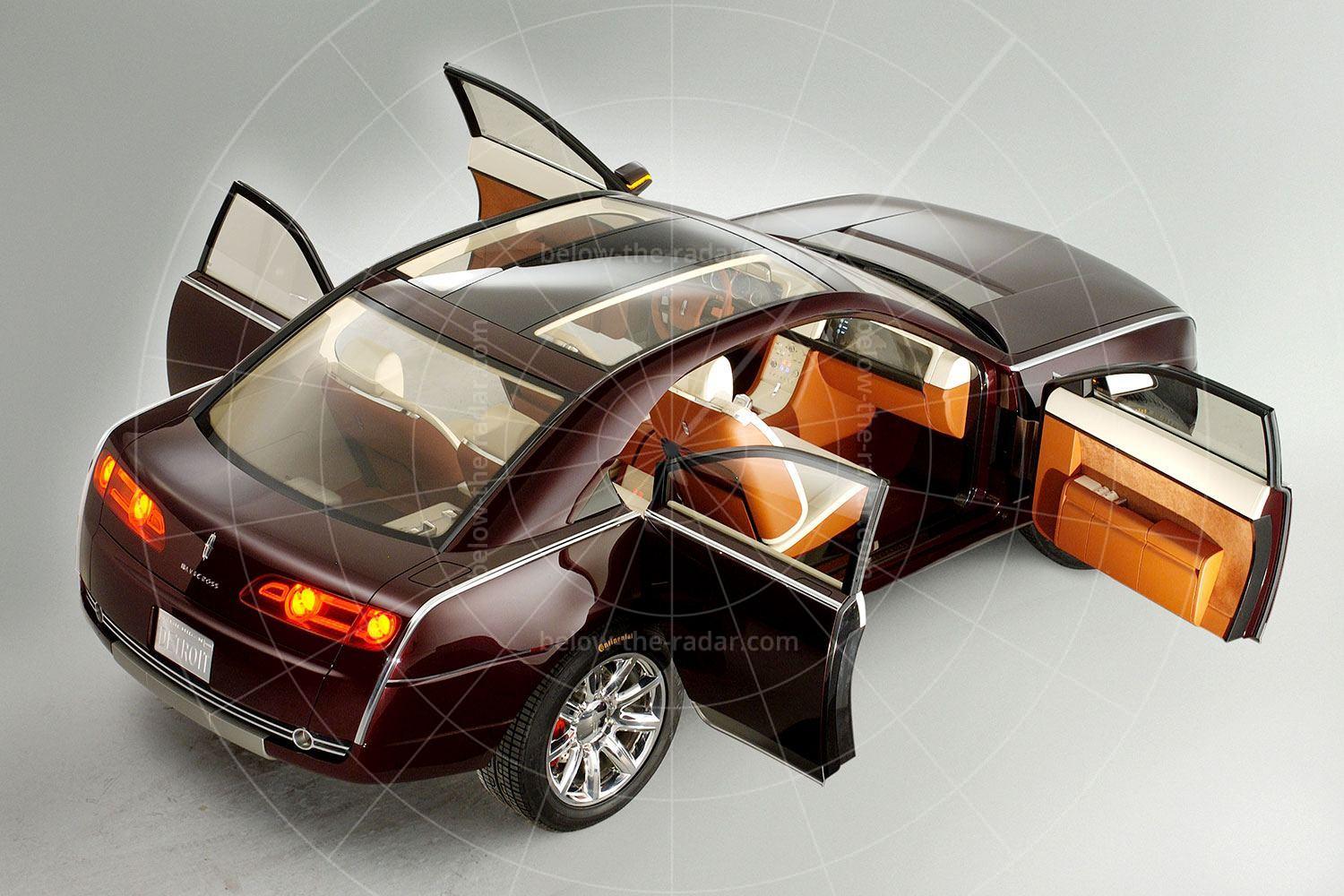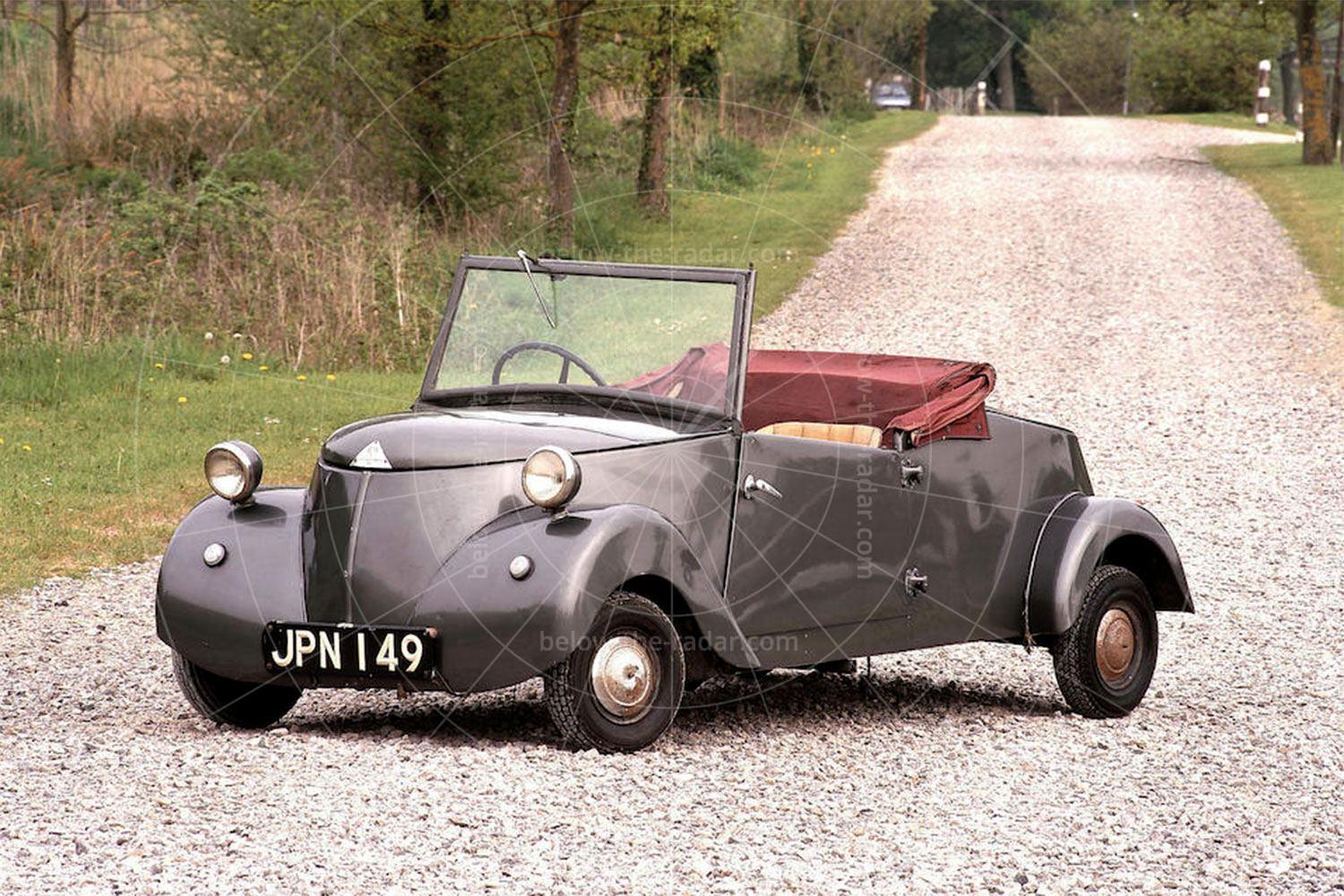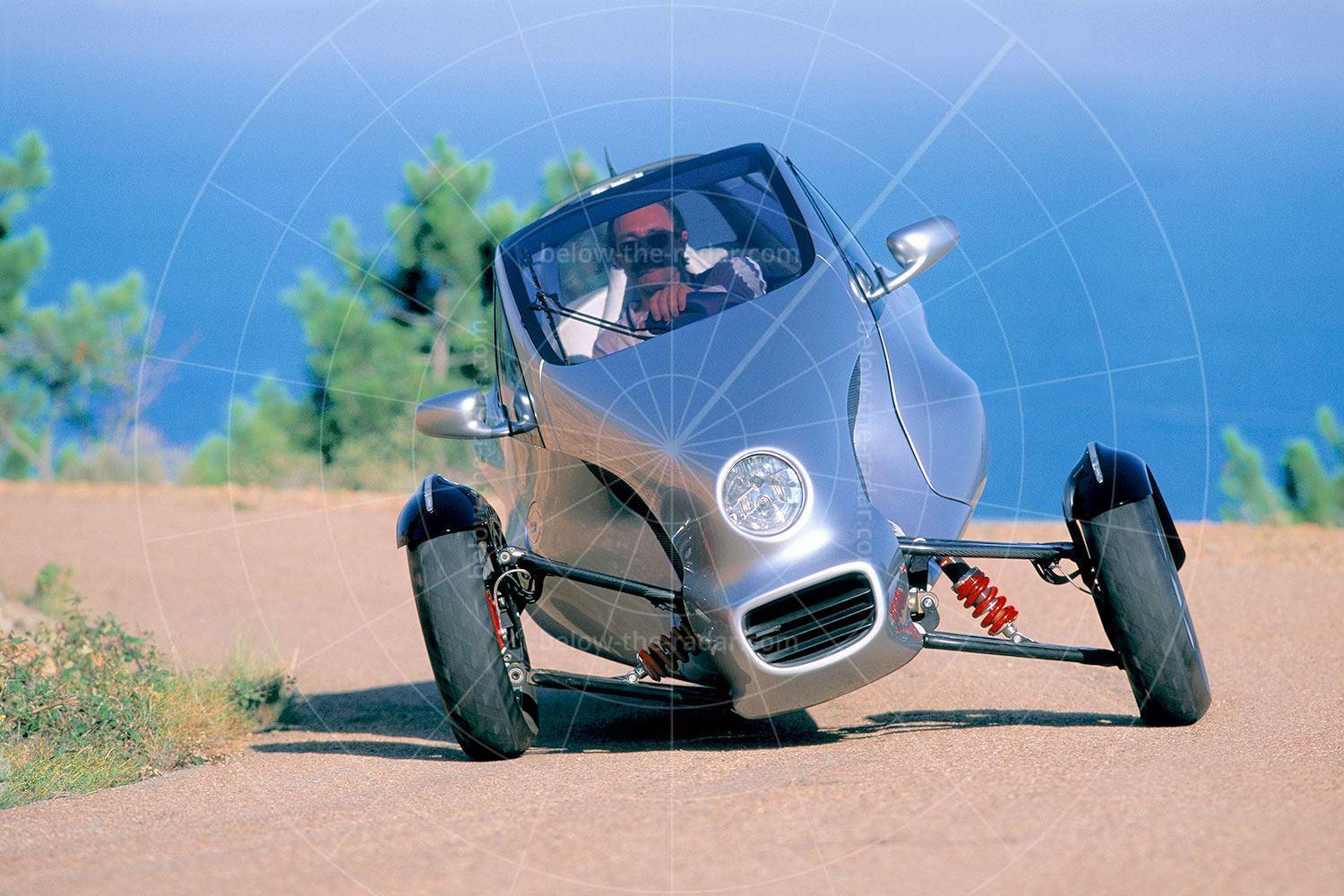Little did Hummer know that when its HX concept was unveiled early in 2008, the company was set to become one of the biggest automotive hot potatoes in history. Big enough for the company to be closed down by parent company GM, because Hummer had become an anachronism little more than two decades after it was founded.
When Hummer arrived on the scene in 1992, it was because its cars were bigger, brasher and less politically correct than anything that had ever plied US roads so far. Hummer's mmer’s appeal lay in the ridiculous dimensions and profligacy of its cars, but such attributes would remain endearing only for so long, thanks to a group of notoriously fickle buyers.
By 2009 the world had been plunged into recession and the cost of fuel had gone through the roof; even US buyers, renowned for their love of oversized, thirsty cars, decided it was time to tighten their belts. But before the company disappeared forever, there was just time for one last death-or-glory gasp, and it was the HX concept.
Unveiled at the 2008 Detroit motor show, just months before the global financial markets were paralysed by recession, the HX was meant to hint at a more care-free time when bright young things could fuel up their SUV and head off for the hills to explore.
Bearing in mind the HX’s target market, it was designed by three young designers from within GM’s own design studios. The thinking was that by choosing twenty-somethings to design the HX, it would be that much more appealing to such a target audience. When the HX was unveiled, the company gushed: ““The HX is Hummer’s vision: an agile, trail-ready, open-air vehicle that fits the lifestyles of everyone who needs or wants to drive off road. Of course, it carries exceptional off-road capability and the distinctive styling for which all Hummers are known.” But sadly it wasn’t to be…
The HX was intended to showcase a Hummer that would be smaller, lighter and nimbler than anything that had previously been seen from the company. It would still have all those aggressive styling cues of the much bigger, military-inspired Hummers, but the HX would be a bit less intimidating. Not that much less though…
Unlike previous Hummers, the HX featured just two doors; an indication of its relatively sporty intent. And for added fun there were two removable roof panels while the tailgate and rear side panels could also be removed. As such, Hummer claimed the HX was a convertible, but it wasn’t really, because the bodywork configuration wasn’t all that flexible, and besides, with everything removed there was nowhere in the car to store it.
While you had your socket set out, if you got carried away you could also remove the wheelarch extensions that were fitted at each corner to turn the HX into an open-wheeler. And for those moments when you really didn’t know when to stop, the doors could also be removed thanks to the fitment of specially built hinges; serious off-road enthusiasts like their car to be as open as possible when tackling the rough stuff.
So while the HX was like no Hummer ever built in series, it still featured all those classic design cues that made it instantly recognisable as an offshoot of the infamous GM brand. The circular headlights in round housings, upright windscreen, minimal overhangs plus assorted vents and air intakes were all classic Hummer. Not that it did the company any good; its days were numbered even before the HX had been designed, never mind built.
The interior meanwhile looked rather more high-tech, thanks to the use of numerous aeronautical design cues. Intended to give an air of lightness, strength and functionality, the HX’s cabin was a mixture of matt-finished olive and aluminium alloy, with four individual bucket seats installed, rather than the more usual bench seat; those in the rear could be removed to create more carrying space. With a rubberised floor plus synthetic coverings on the dash, the HX’s interior almost extended to it being capable of being hosed down after a serious off-road excursion; if you were looking for luxury, this wasn’t a place where you’d find it.
While everyone else was embracing electric drive and hybrid technology, Hummer remained resolutely wedded to petrol power for the HX. However, there were signs of the company becoming a little bit more ecologically aware, as the HX powerplant displaced just 3.6 litres and featured a V6 configuration; a couple of years earlier there would no doubt have been a V8 in the nose that displaced at least 5.7 litres. Also, the HX’s V6 didn’t have to be fed only a diet of unleaded petrol; it was engineered to run on 85% biofuel, to help reduce CO2 emissions.
Full-time four-wheel drive pulled the HX over, through and around off-road obstacles. It transferred torque to the front and rear axles, each of which was equipped with a locking differential. The tyres were custom-made 35-inch tall off-road items mounted on bead-lock wheels. The front suspension featured an electronic-disconnecting stabiliser bar for enhanced manoeuverability when driving off road, things helped further by the fitment of heavy-duty shock absorbers.
Other than that, the Hummer was pretty low-tech; this concept was all about appealing to a new demographic rather than trying to dazzle with new innovations. As such, the HX was engineered to cope with inhospitable terrain, whether that was rocks, water up to two feet deep or shifting sands. If you were heading out into the wilds, the Hummer HX was intended to do a better job than anything else available.
| Vital statistics | |
|---|---|
| Debut | Detroit 2008 |
| Engine | Front-mounted, 3564cc, V6 |
| Transmission | 6-speed auto, full-time four-wheel drive |
| Power | 304bhp |
| Torque | 273lb ft |

